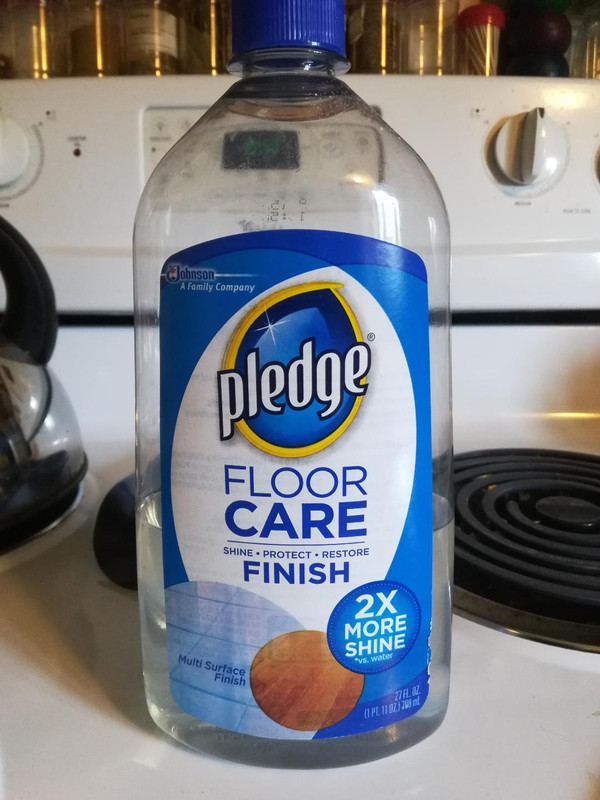Michael MacDonald
Active Member
I just finished painting an Estes Sky Raider rocket that was started in 1977. After priming the rocket with Kilz and sanding to a smooth surface I applied several light coats of Krylon ColorMaster Gloss Black to the nose cone. The finish was flawless; smooth and shiny. After 3 days of drying I decided to add a couple of coats of Krylon ColorMaster Gloss Clear to the whole rocket to cover the decals and add a finishing touch to the build.
I followed the directions carefully and put on 3 or 4 light coats of the clear, about 2/3 of the nose cone finish started to wrinkle. The other 1/3 looks fine.
I'm a seasoned painter. I've never seen this happen before. The rest of the rocket has no paint flaws, just the nose cone.
Of course I can sand the problem off and then re-prime and paint. But I'm curious why this might have happened.
Any ideas?
Thanks for your replies
I followed the directions carefully and put on 3 or 4 light coats of the clear, about 2/3 of the nose cone finish started to wrinkle. The other 1/3 looks fine.
I'm a seasoned painter. I've never seen this happen before. The rest of the rocket has no paint flaws, just the nose cone.
Of course I can sand the problem off and then re-prime and paint. But I'm curious why this might have happened.
Any ideas?
Thanks for your replies







